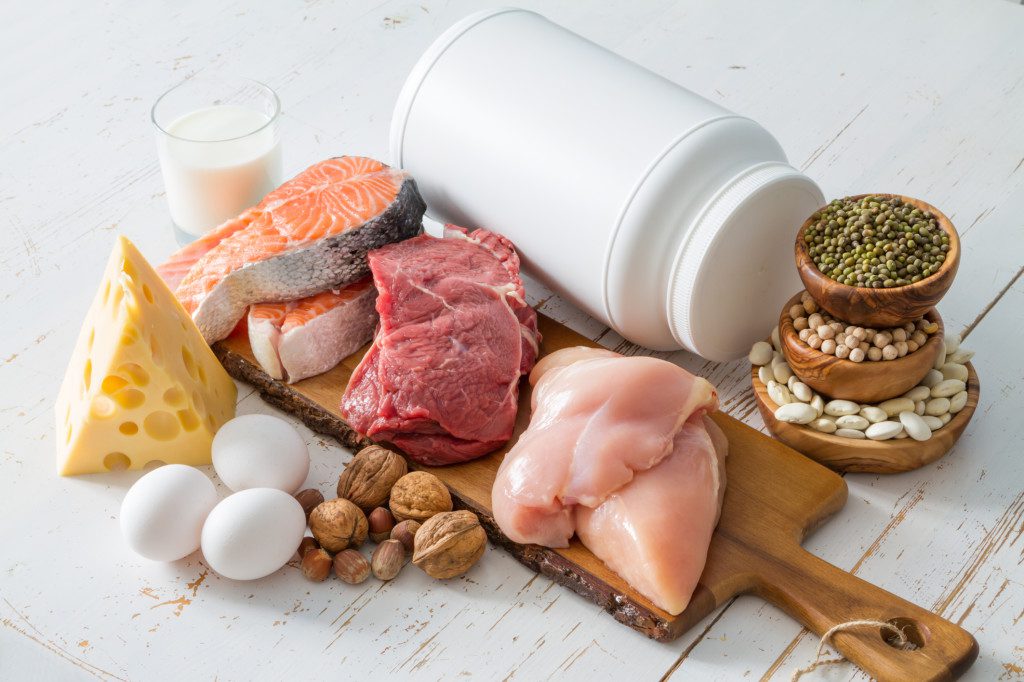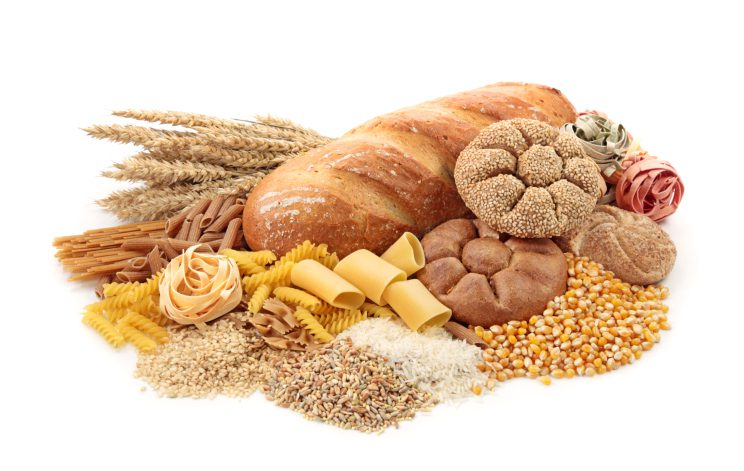Are glucose monitors any good? Does Bicarbonate supplementation work and more of your Sports Nutrition questions answered
Nancy Clark explores some of the latest sports science news
 Photo by:
Getty Images
Photo by:
Getty Images
The American College of Sports (ACSM.org) is a professional organization for sport science researchers, exercise physiologists, dietitians, doctors and athlete care-providers. Each year, at ACSM’s Annual Meeting, more than 3,000 sports medicine professionals and scientists from around the globe gather to present their latest research. At this year’s meeting (May 30-June 2, 2023, Denver, Colorado), a lively 10 Questions / 10 Experts session hosted by Professionals in Nutrition for Exercise and Science (PINESNutrition.org, a global organization for sport nutritionists) addressed some current hot topics. Below is a summary of the key points that might be of interest to runners and triathletes.
Continuous Glucose Monitors
Continuous glucose monitors (CGM) can help runners and triathletes determine the best fueling tactics to maintain their blood glucose levels within an energizing range and ideally reduce needless bonking. This can be very helpful during endurance exercise such as long runs or cycling events. Unfortunately, CGMs have yet to be perfected for athletes. The monitors can easily get dislodged from the body and some studies show a >15% failure rate. The sport of cycling has banned CGMs during races, but many cyclists use them during training to learn how to “read” body signals.

Pre-sleep protein
While extra evening protein is unlikely to offer a winning edge, it also will not cause harm, nor will it convert into body fat. Research to date shows that pre-sleep protein simply allows another opportunity to meet daily protein goals. More research is needed to determine if consuming pre -sleep protein will help enhance muscle recovery, tissue repair, sleep or performance.
Free amino acids and bioactive peptides
When compared to the protein in whole foods, free amino acids are slightly less effective for muscle protein synthesis. Consuming protein within its natural food matrix is best. Plus, free amino acids taste terrible (although they have improved over the years).
Bioactive peptides (2-3 amino acids linked together) are available to purchase but they lack research to validate any potential benefits. Why bother…?
Bicarbonate supplementation
With high-intensity exercise, sodium bicarbonate might offer a 1% to 2% improvement in performance. The standard dose is 0.3 to 0.5 g/kg body weight; the higher the dose, the greater the increase in performance—as long as the runner can tolerate it. Capsules that bypass the gut help resolve gastro-intestinal issues, and potentially sodium bicarbonate encapsulated in a gel may help even provide further protection from side effects. Another option that bypasses the gut is sodium bicarbonate in the form of a lotion. The runner applies it 20 minutes before high intensity exercise. The lotion feels nice, but the specific dose that actually gets absorbed is unknown.
The lightest runner is the best runner
While lighter and leaner “works” to a certain extent to enhance performance, the cost of being too light and too lean can take its toll. The less food a runner consumes, the less protein, carbohydrate, fat, vitamins and minerals the runner consumes. This can hurt performance and recovery, while enhancing the risk of getting injured.
A study with elite race walkers reported no performance benefits (nor detriments) among the dieting athletes in a training camp who lost 4.5 lbs (2 kg) the two weeks before a 10 km race. The dieters and the non-dieting control group both carb-loaded in the 24-hours pre-race. They both performed similarly, with no significant benefit gained by having lost weight pre-race. Ideally, runners should fuel well to support optimal performance, instead of diet to be lighter.

Carbohydrates
Despite popular belief, hungry runners and triathletes who consume a sports diet rich in quality carbohydrate do not “get fat” nor become diabetic. The advice to limit carbs might be appropriate for unfit people, but fit runners preferentially metabolize carbs and convert them into a winning source of muscle fuel.
Iron supplements
Iron supplements are better absorbed at 6:00 a.m. than 11:00 a.m.. Therefore, taking iron first thing on an empty stomach appears best. That said, iron is known to contribute to stomach upset, and some runners cannot tolerate iron if taken without food. For them, the best time to take iron is either prior to, or 30 minutes after exercise, before the post-exercise elevation in hepcidin (a hormone that hinders iron absorption) triggers a negative effect. If a runner takes an iron supplement two hours after a hard exercise session, the elevated hepcidin concentration can reduce iron absorption by about 36%.
Sustainable sports diets
To perform well, runners need access to good food and clean water, both of which depend on a healthy biosphere. We all need to honour the global dietary guidelines that integrate the UN Sustainable Development Goals. To live a sustainable lifestyle means: eat adequate, but not excessive, protein; consume at least one-third of protein from plants, minimize food waste (for example, after team buffets, take home leftovers for the next day’s lunch), eat locally-grown foods (to reduce transportation emissions), and choose foods with minimal and bio-degradable packaging. (No Styrofoam!) An athlete who advocates for a sustainable environment does not need to be vegan, but should be mindful about dietary choices.
Vegetarians
Do vegetarians have a reduced risk of chronic disease because they eat less red meat—or eat more plants? Plants are rich in phytochemicals (reduce inflammation), dietary nitrates (improve blood flow), and many other performance-enhancing nutrients. A vegetarian diet imparts no obvious benefits (nor detriments) for athletic per-formance. Meat-eaters looking for a path towards vegetarianism can honor Meatless Mondays and enjoy a plant-based diet with smaller meat portions the rest of the week. Small steps can indeed have an environmental impact!
Alcohol
BORG (Blackout rage gallon) drinking, in case you are not familiar with this trend, is a mixture of water, alcohol, sweet flavorings, and electrolytes (which supposedly offer the hangover remedy) in a one-gallon plastic jug. The conconction is popular on some college campuses, easy to drink, and easy to overconsume. An ounce of alcohol takes about one hour to breakdown; too many ounces can hinder training and performance, as well as sleep. BORG drinking is only good if the other team is doing the indulging…
Nancy Clark MS RD CSSD counsels both fitness exercisers and competitive athletes in the Boston-area (Newton; 617-795-1875). Her best-selling Sports Nutrition Guidebook is a popular resource, as is her online workshop. Visit NancyClarkRD.com for info.
